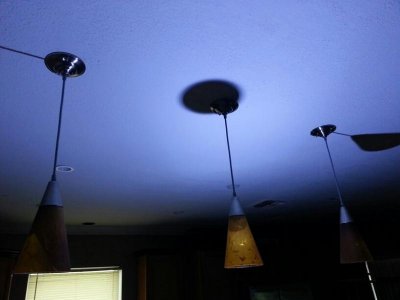ReefUrchin
New member
You have to put them paralell conected and use one this HLG-320H-36B. To use a 3.3 A fuse in serie with each chip could be wise in this case.
Sincerely Lasse
Thanks for taking the time out to find those for me. I am just so overwhelmed right now, that was a big help, thank you.
Try to keep it low voltage for safety. Use a 36v driver(s).
I dont think thats possible for what I want to do. I think I am stuck between a rock and a hard place. Too much volts or too much amps, either way its fry city. Only takes 800ma to kill you, and, were way over the safe volts or amps threshold.

